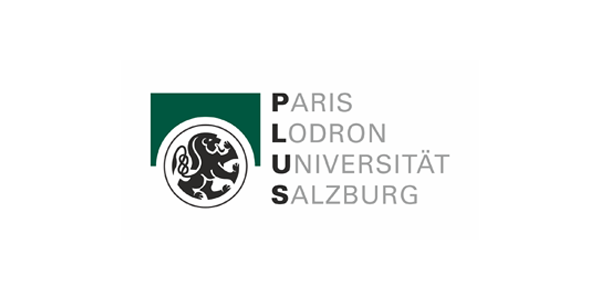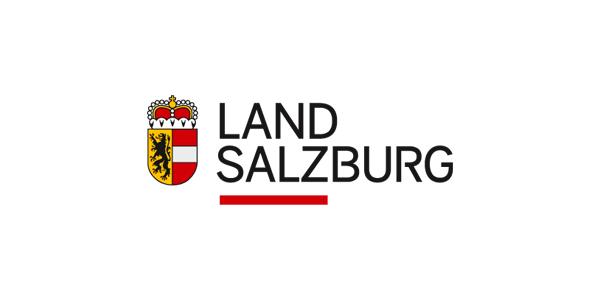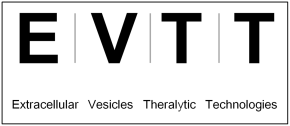A functional corona around extracellular vesicles enhances angiogenesis, skin regeneration and immunomodulation
Nanoparticles can acquire a plasma protein corona defining their biological identity. Corona functions were previously considered for cell-derived extracellular vesicles (EVs). Here we demonstrate that nano-sized EVs from therapy-grade human placental-expanded (PLX) stromal cells are surrounded by an imageable and functional protein corona when enriched with permissive technology. Scalable EV separation from cell-secreted soluble factors via tangential flow-filtration (TFF) and subtractive tandem mass-tag (TMT) proteomics revealed significant enrichment of predominantly immunomodulatory and proangiogenic proteins. Western blot, calcein-based flow cytometry, super-resolution and electron microscopy verified EV identity. PLX-EVs partly protected corona proteins from protease digestion. EVs significantly ameliorated human skin regeneration and angiogenesis in vivo, induced differential signaling in immune cells, and dose-dependently inhibited T cell proliferation in vitro. Corona removal by size-exclusion or ultracentrifugation abrogated angiogenesis. Re-establishing an artificial corona by cloaking EVs with fluorescent albumin as a model protein or defined proangiogenic factors was depicted by super-resolution microscopy, electron microscopy and zeta-potential shift, and served as a proof-of-concept. Understanding EV corona formation will improve rational EV-inspired nano-therapy design. [get the paper]













